
Does gear matter?
9 min read Jan 25, 2024
“What’s the best camera?” “Does gear matter?”
These perennial questions in photography and other creative communities can whip people up into a frenzy.
When I come across arguments about whether gear matters or not, I notice that people are often talking past each other, not truly debating. They come in with strong opinions that remain unchanged.
For example, professional photographer Chase Jarvis has a very strong opinion. He made one of the first successful iPhone photography apps, fittingly named The Best Camera. The app’s concept stemmed from Chase’s long-standing assertion that gear is far less important than people think. As proof that the iPhone — which many panned at the time for its poor image quality — could actually be a good camera, Chase turned his early iPhone photos into a book, The Best Camera Is The One That’s With You.
I agreed with him now. Yet, looking back, I realize that my opinion on the subject has changed as I’ve improved.
In psychology, there is a model of learning called the four stages of competence. In my last two decades of amateur photography, I’ve seen myself travel through all four of these stages. All the while, my opinion on gear has evolved.
Stage 1: unconscious incompetence
The first stage, unconscious incompetence, is when I had no experience in photography. I didn’t know much aside from framing a picture and taking a shot on a point-and-shoot camera. As a consequence, I only found functional value in photographs. They were like a visual notes. I cared that the subject is in the frame, and nothing else.
If you asked me if gear mattered then, I would have said something, but wouldn’t have had much confidence in the answer.
Stage 2: conscious incompetence
The second stage, conscious incompetence, is the level at which I started to see the difference between my photographs and others’. However, I had no idea how to achieve their results. I noticed classmates fiddling with the knobs and dials on their cameras before taking photos. I paid closer attention to their photographs and began to notice details like where they placed the subject in the frame and blurred backgrounds.
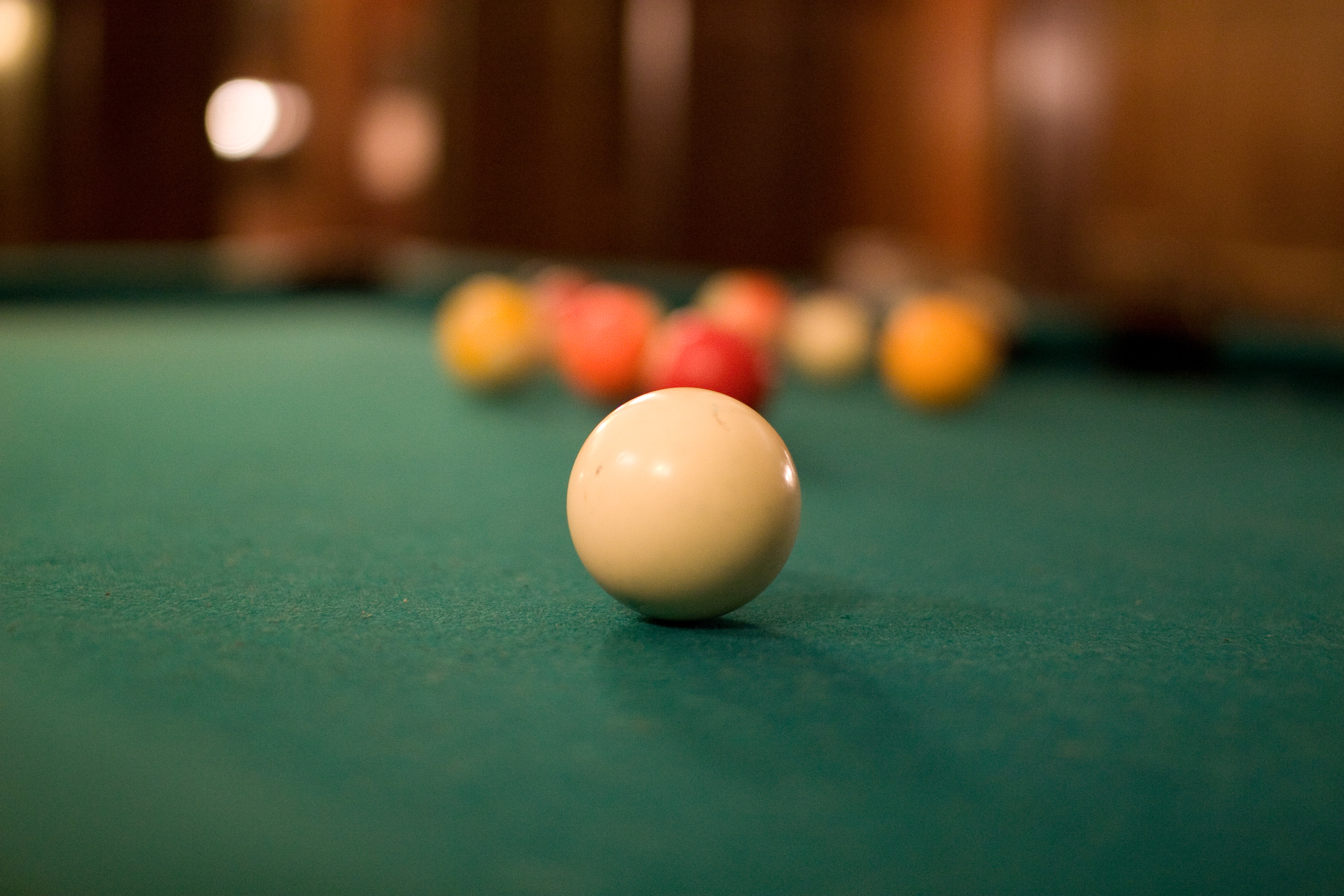 2007 · New York City · Canon EOS 30D
· 30mm · f/1.4 · 1/30 · ISO 1250
2007 · New York City · Canon EOS 30D
· 30mm · f/1.4 · 1/30 · ISO 1250
I came to the conclusion that many at this level do, which is that I needed a bigger, professional-looking camera in order to take better photographs. I spent days reading about the exposure triangle. I read everything on DPReview to understand the camera landscape.
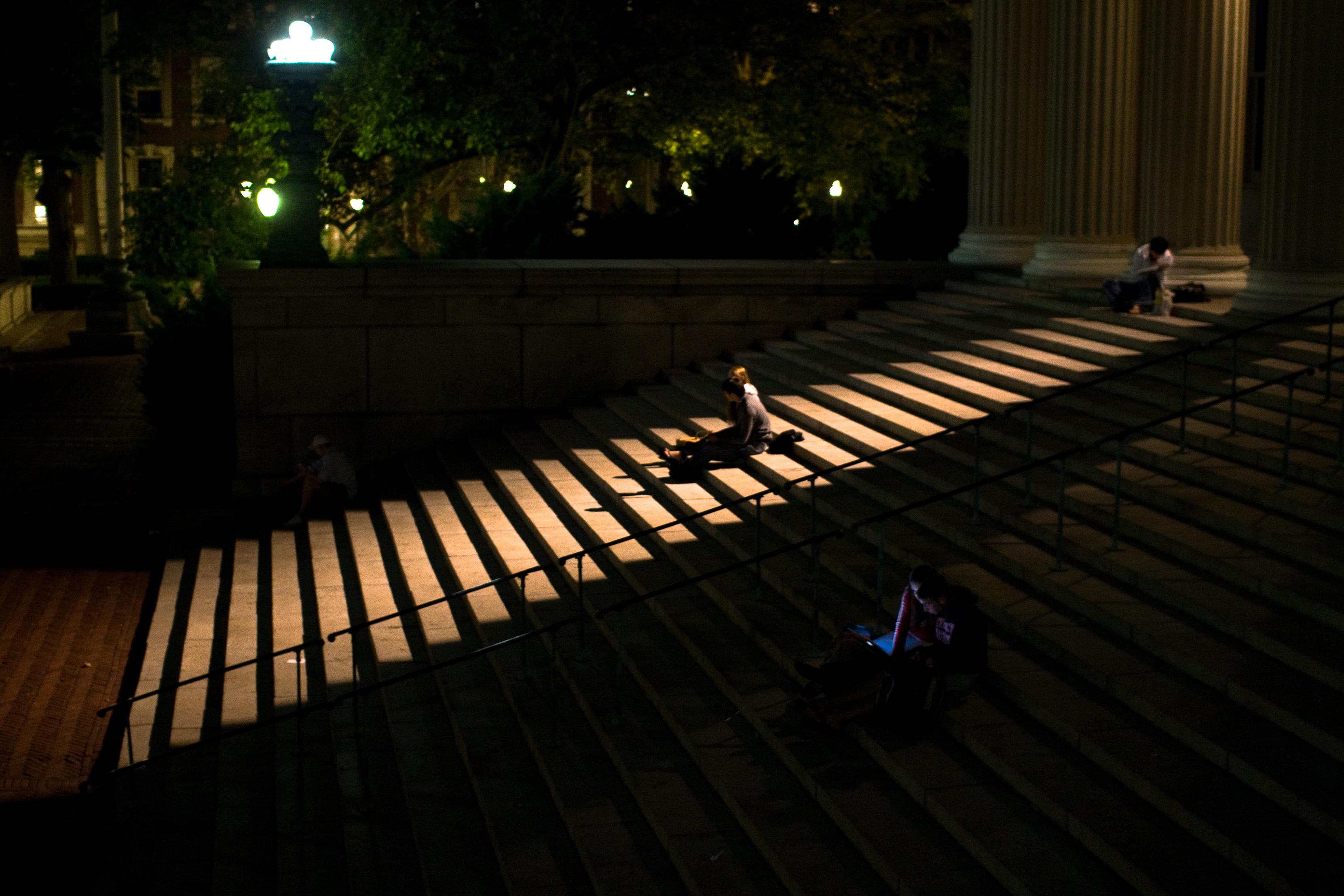 2007 · New York City · Canon EOS 30D
· 30mm · f/1.4 · 1/40 · ISO 1000
2007 · New York City · Canon EOS 30D
· 30mm · f/1.4 · 1/40 · ISO 1000
I finally bought a Canon EOS 30D digital SLR with a Sigma 30mm f/1.4 lens. For years, I carried this camera everywhere I went, documenting my time in college and around New York City. I was slowly getting a hang of my camera, but I still didn’t understand what it took to create an image that pleased me. I would see someone else’s image and know that there was a difference between it and the photos I took, but I couldn’t bridge the gap.
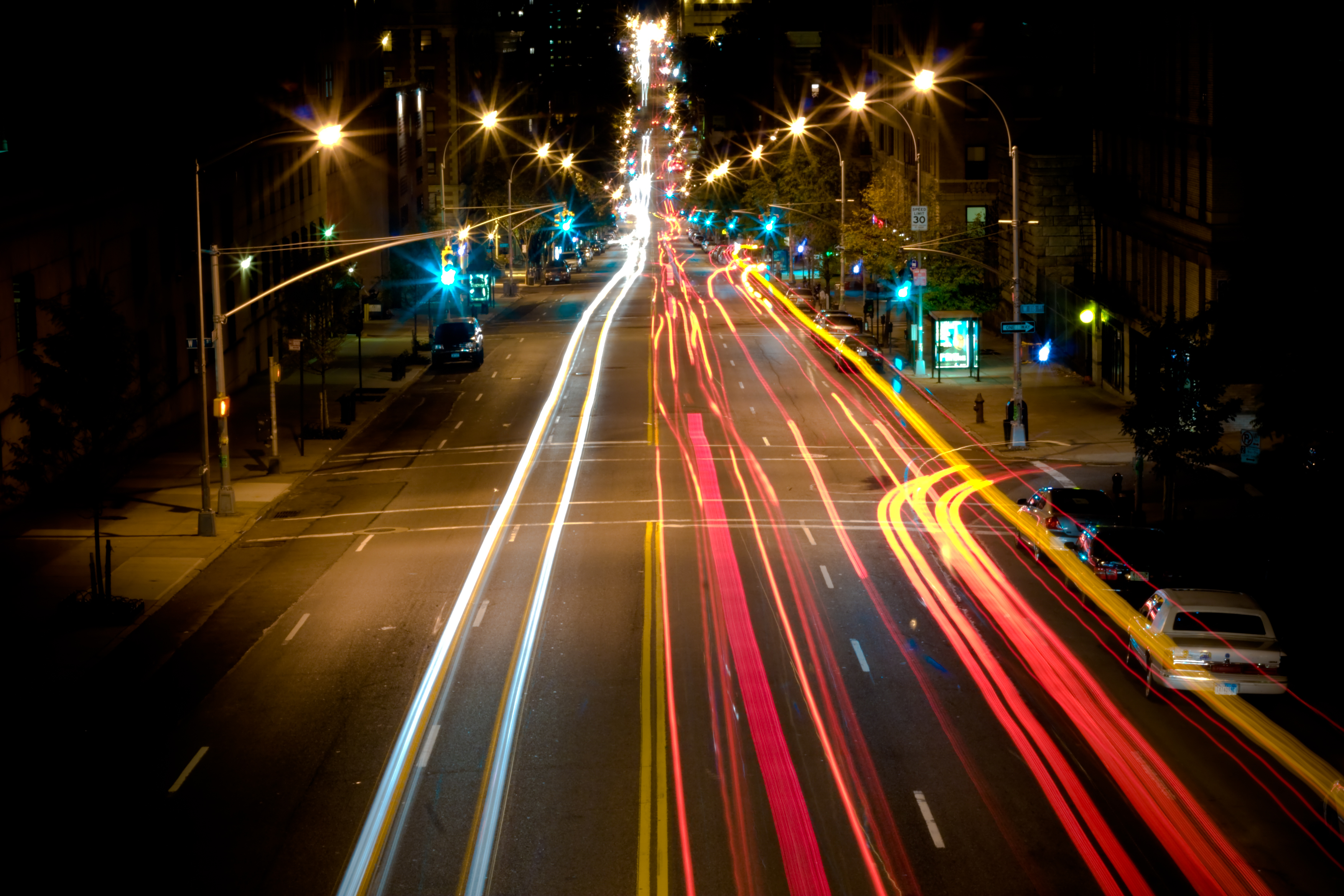 2007 · New York City · Canon EOS 30D
· 50mm · f/22 · 30 · ISO 100
2007 · New York City · Canon EOS 30D
· 50mm · f/22 · 30 · ISO 100
This is when I started to see that the gear did actually have an effect on the final image. I wanted to isolate the subject in portraits, but realized that the wide focal length of my 30mm lens prevented deeply blurred backgrounds. I purchased a lens with longer reach to remedy the problem.
 2008 · New York City · Canon EOS 30D
· 115mm · f/5.6 · 1/640 · ISO 100
2008 · New York City · Canon EOS 30D
· 115mm · f/5.6 · 1/640 · ISO 100
I built out a bulky multi-lens setup that hit a variety of focal length and aperture combinations. Each new lens was a solution to a problem I encountered. I also began collecting a small lineup of other cameras to complement my primary one.
If you were to ask me if gear mattered then, I would have wholeheartedly said, “Yes!”. Gear was directly opening up new skills.
Stage 3: conscious competence
As I experimented with my new gear, I transitioned to the third stage. Here, I began to understand the process required for the images I desire. Yet, I had to focus deeply when taking photos, making sure to follow a list of steps in my head.
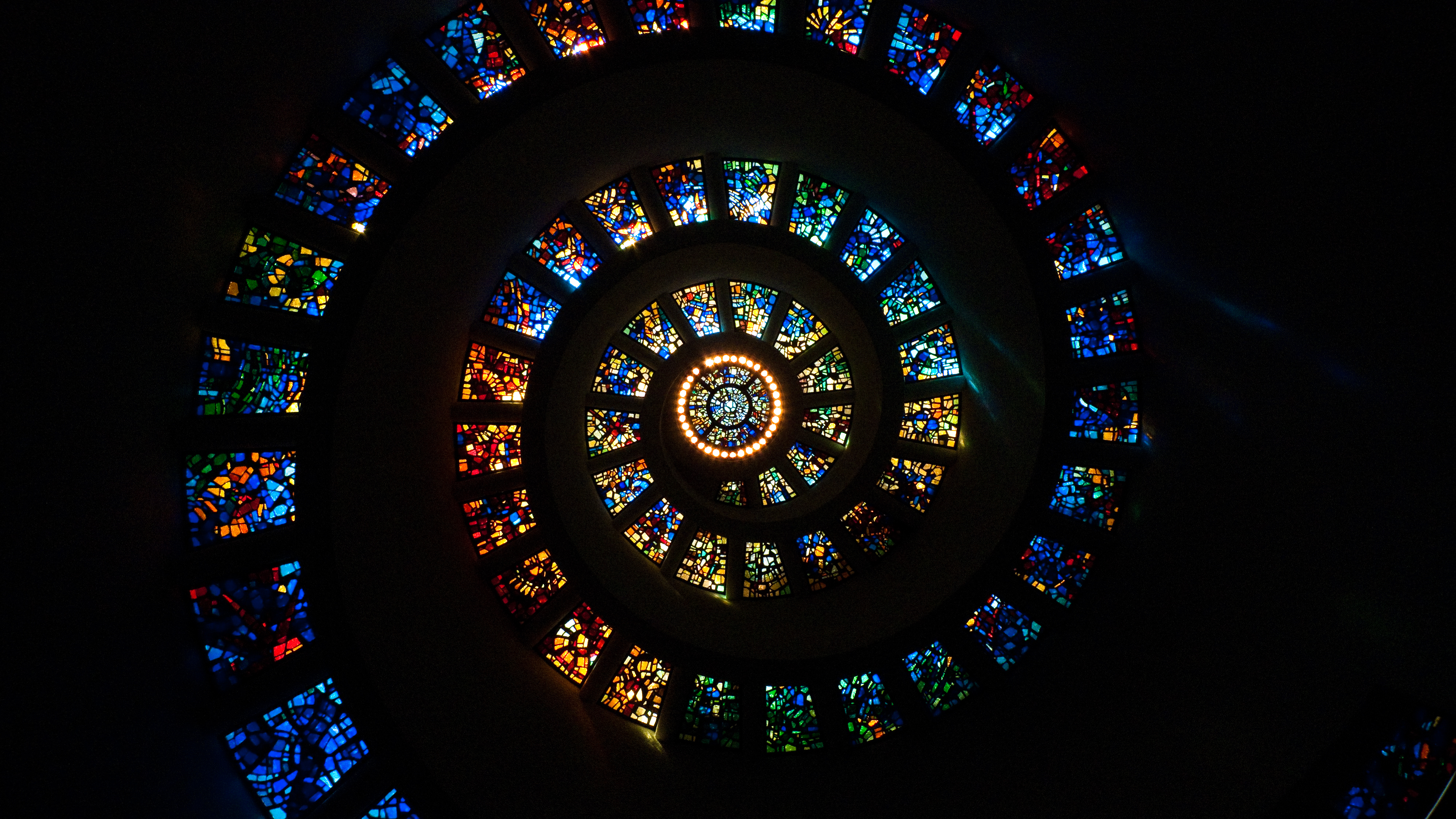 2009 · Dallas · Panasonic Lumix LX3 ·
5.1mm · f/4 · 1/320 · ISO 400
2009 · Dallas · Panasonic Lumix LX3 ·
5.1mm · f/4 · 1/320 · ISO 400
As I continued taking photos, my library of skills began to expand. I realized that each piece of gear had a much wider set of uses than I originally imagined. I no longer felt the urge to buy new lenses to unlock new skills. I saw that there was plenty of potential within the gear I had on hand.
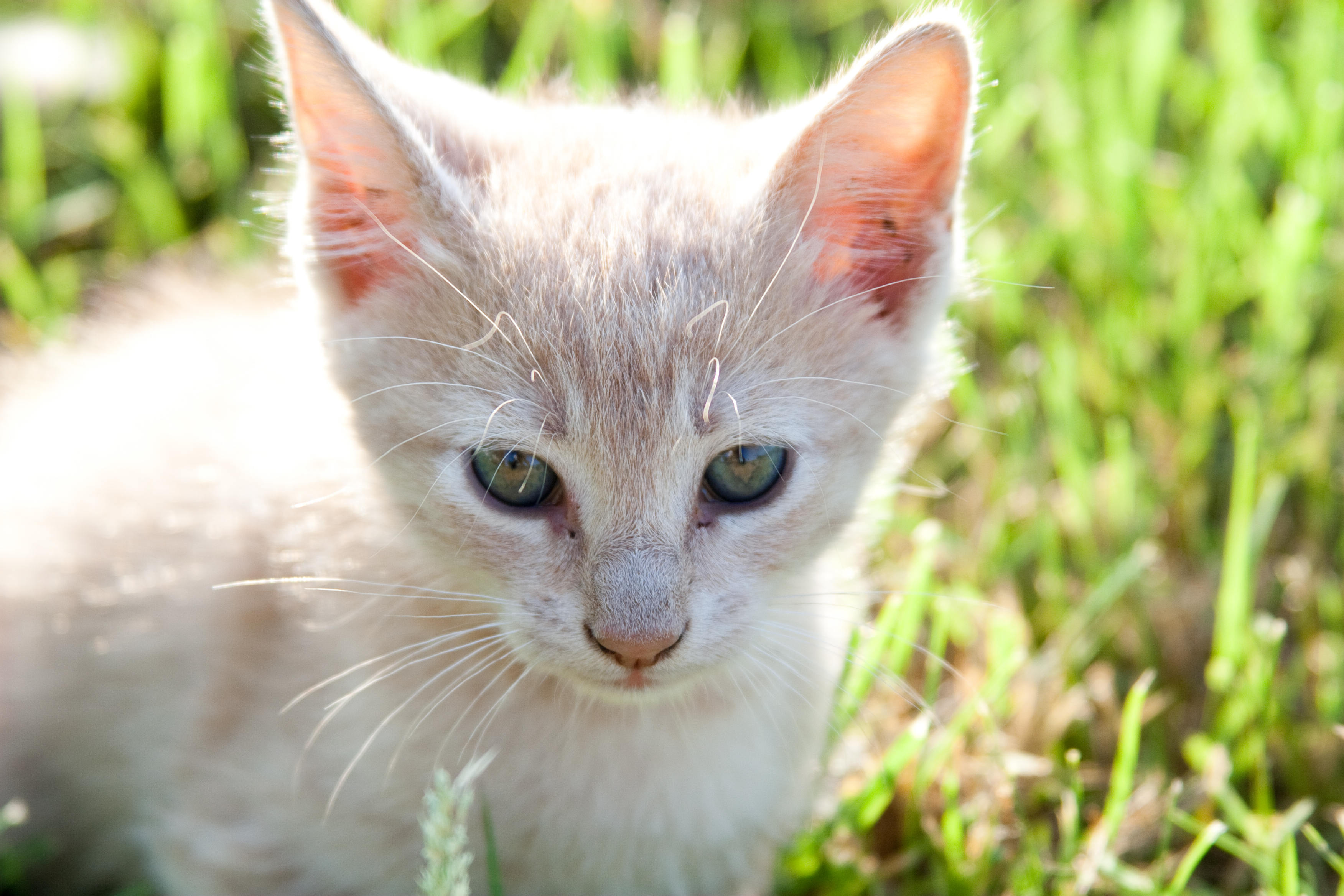 2009 · Dallas · Canon EOS 30D · 109mm
· f/5.6 · 1/160 · ISO 100
2009 · Dallas · Canon EOS 30D · 109mm
· f/5.6 · 1/160 · ISO 100
That’s when I went to my first Burning Man with just the 30D and 30mm f/1.4. I expected to be limited without access to my other lenses, but instead, I felt liberated. Yes, there were some instances where I wished I had a different lens in order to capture a particular image. The rest of the time though, I was thankful for how simple and light my setup was.
 2013 · Black Rock City · Canon EOS
30D · 30mm · f/14 · 1/200 · ISO 100
2013 · Black Rock City · Canon EOS
30D · 30mm · f/14 · 1/200 · ISO 100
 2013 · Black Rock City · Canon EOS
30D · 30mm · f/2.5 · 1/1000 · ISO 100
2013 · Black Rock City · Canon EOS
30D · 30mm · f/2.5 · 1/1000 · ISO 100
When I got back, I sold my primary camera and downsized to the Fujifilm X100. It packed a sensor the same size as the 30D into a far more compact package. Its dedicated aperture and shutter speed dials made for a closer connection with the photography process. On paper, this setup was far more limited. In practice, its simplicity fostered a more enjoyable shooting process and better photographs.
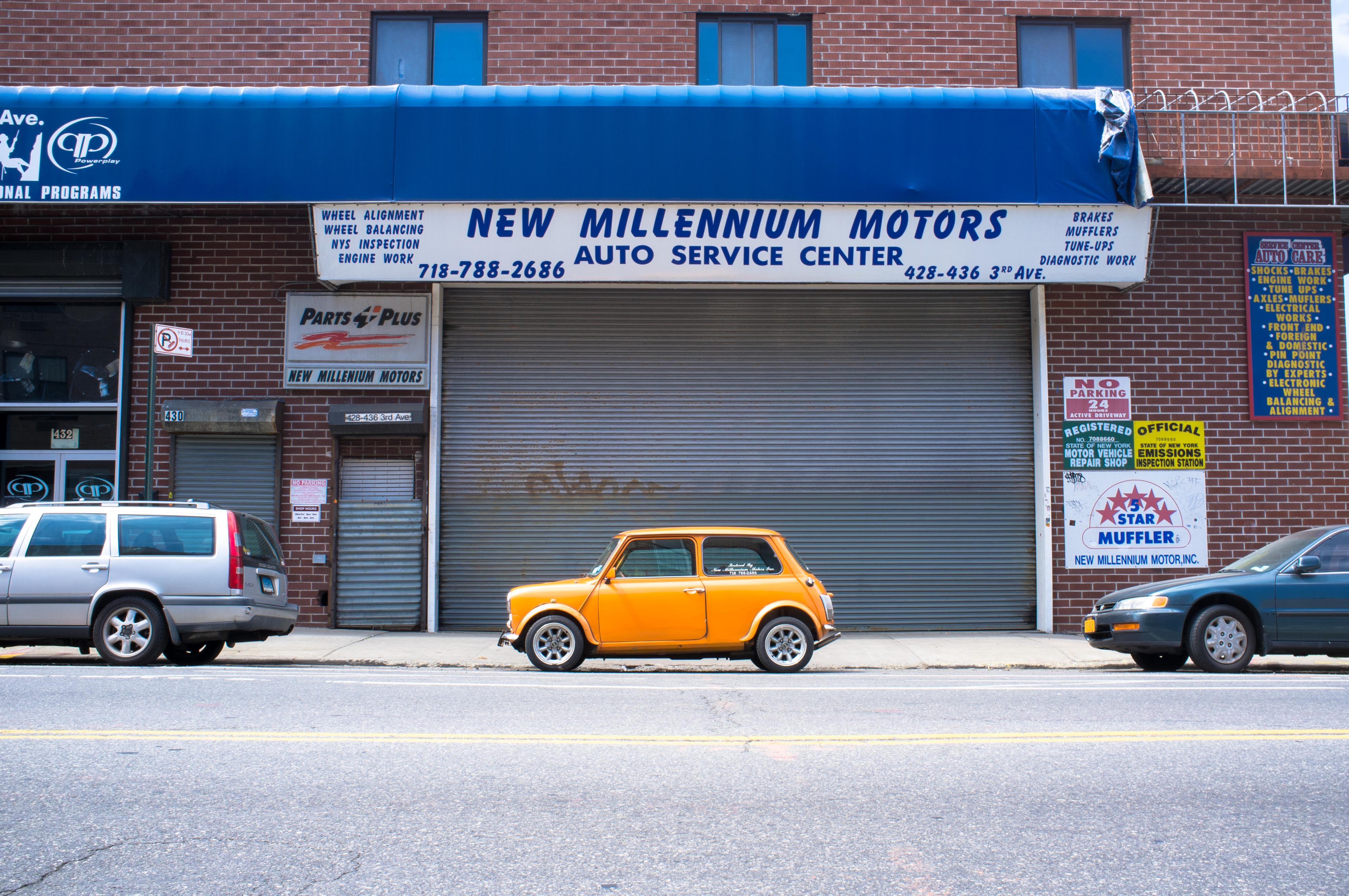 2013 · New York City · Fujifilm X100
· 23mm · f/16 · 1/30 · ISO 200
2013 · New York City · Fujifilm X100
· 23mm · f/16 · 1/30 · ISO 200
It is with this camera that I started to see creative solutions to problems that I once thought required new gear. For example, I learned that a blurred background isn’t the only way to isolate the subject in a portrait. I can also shoot against a single color wall or other minimal backdrop.
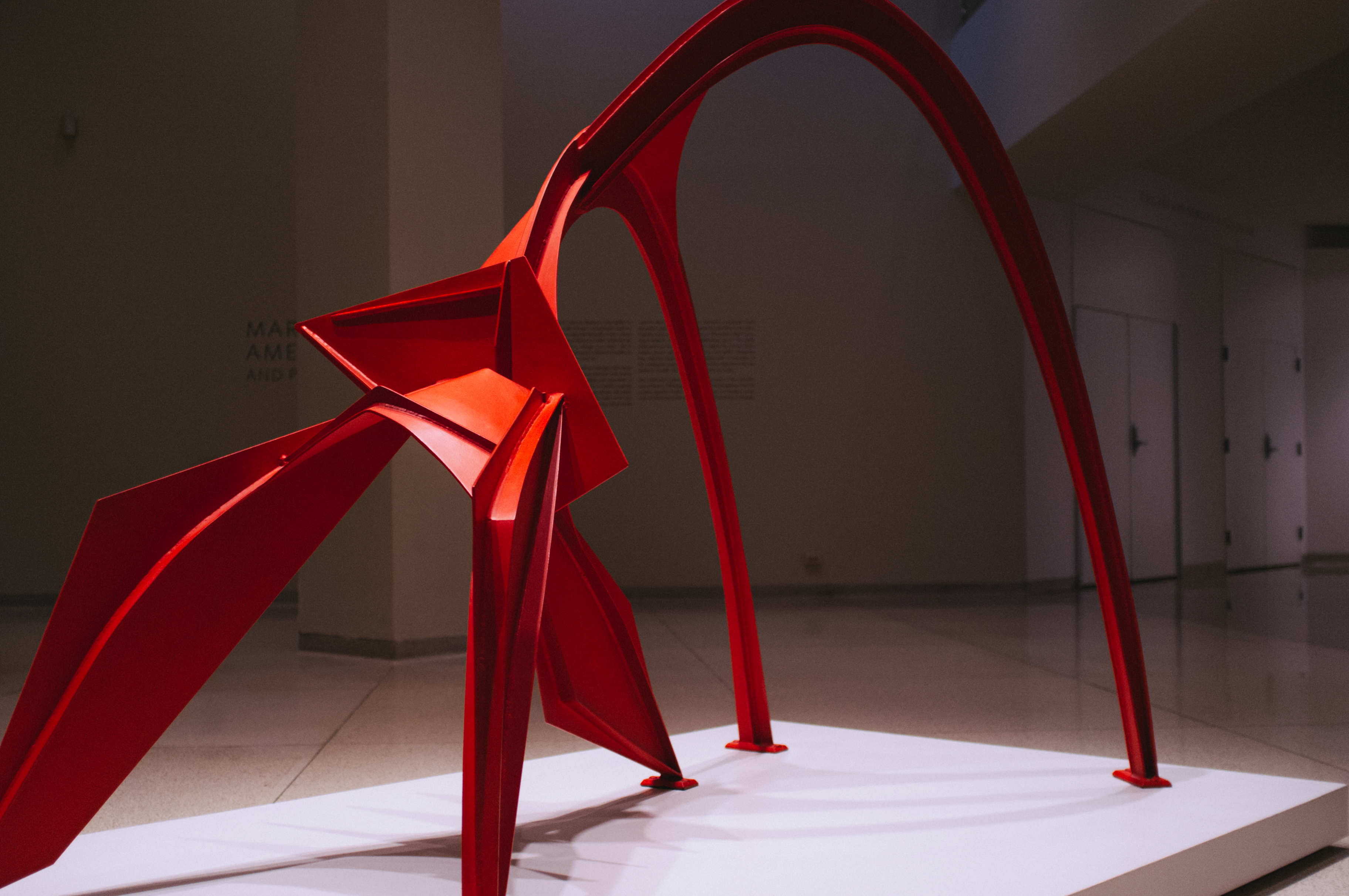 2013 · Chicago · Fujifilm X100 · 23mm
· f/2 · 1/110 · ISO 640
2013 · Chicago · Fujifilm X100 · 23mm
· f/2 · 1/110 · ISO 640
Some time later, I sold the Fujifilm and got a Sony a7, to which I mounted a Voigtlander 40mm f/1.4 lens. This setup was even more limited as it lacked autofocus. It’s the setup that I took on my transformative trip to Japan. Forcing me to manually focus made for even more enjoyable shooting process and better photographs.
 2014 · Bagan · Sony a7 ·
40mm · 1/8000 · ISO 100
2014 · Bagan · Sony a7 ·
40mm · 1/8000 · ISO 100
If you asked me then, I would have said that gear doesn’t matter. One camera is all that I needed at the time.
Stage 4: unconscious competence
I used my Sony a7 and 40mm f/1.4 for a few years until I transitioned to the fourth stage. Photography began to feel effortless to me. I no longer needed to recall and follow a mental checklist when taking a photograph. I regularly entered flow when on photowalks.
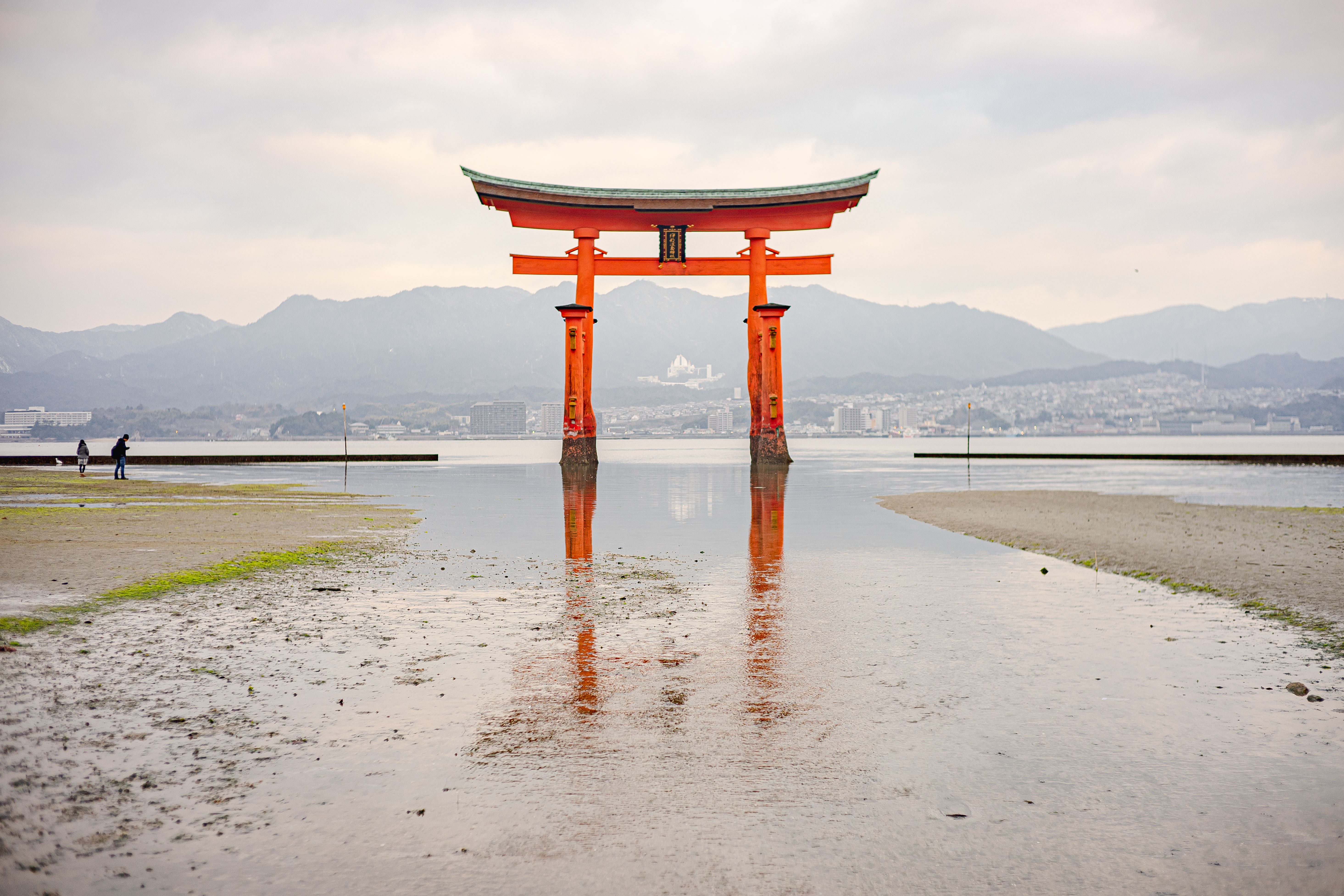 2016 · Hiroshima · Sony a7 · 40mm ·
1/125 · ISO 100
2016 · Hiroshima · Sony a7 · 40mm ·
1/125 · ISO 100
 2017 · Taipei · Sony a7 · 40mm · 1/8
· ISO 6400
2017 · Taipei · Sony a7 · 40mm · 1/8
· ISO 6400
At this point, I wanted to adjust my setup a bit. I missed the simple interface and autofocus in my X100. Yet, I appreciated the greater dynamic range afforded by the a7’s full-frame sensor. So, I got my first Leica, the Leica Q.
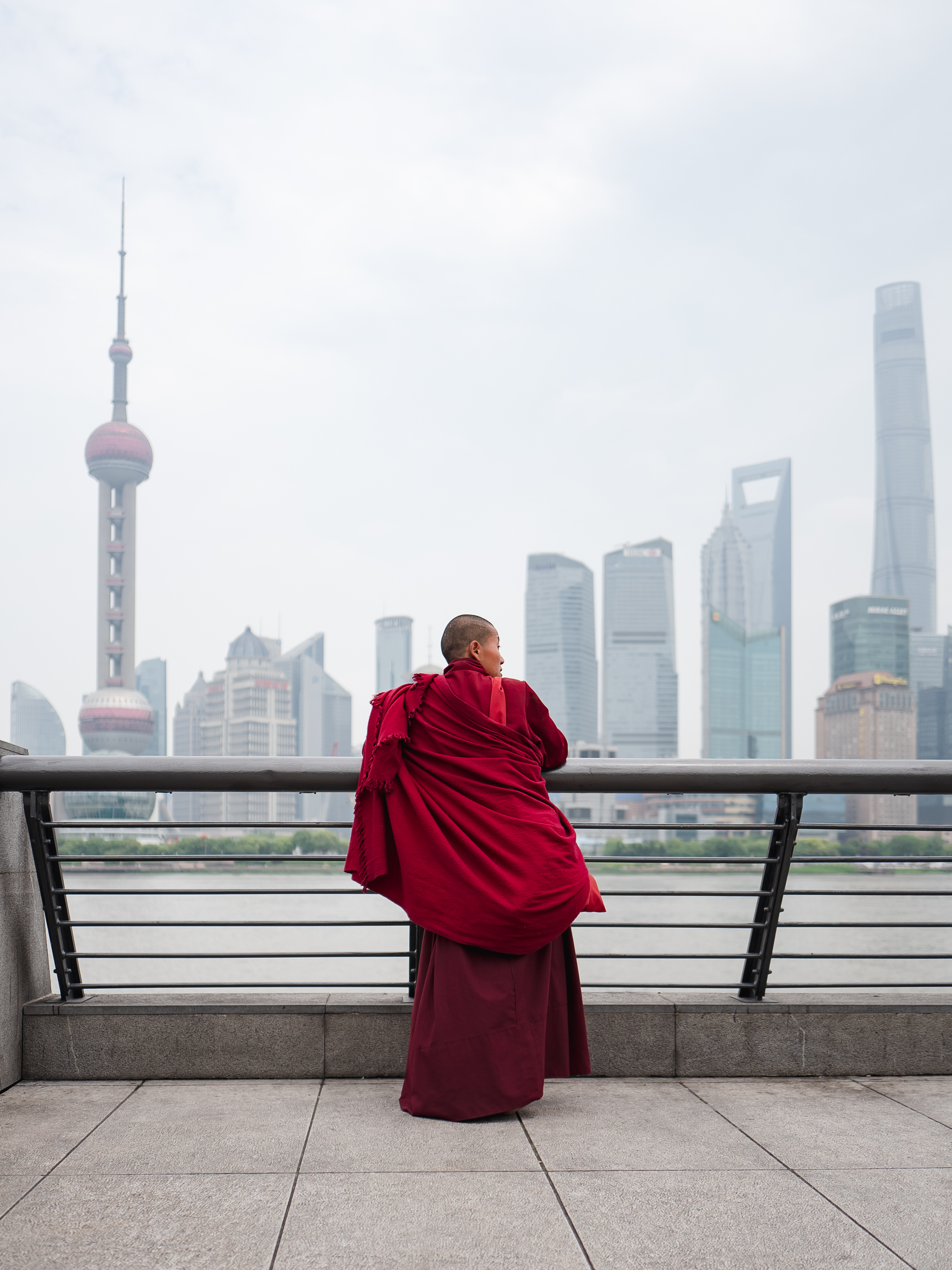 2018 · Shanghai · Leica Q · 28mm ·
f/1.7 · 1/6400 · ISO 100
2018 · Shanghai · Leica Q · 28mm ·
f/1.7 · 1/6400 · ISO 100
 2018 · Hong Kong · Leica Q · 28mm ·
f/5.6 · 1/800 · ISO 100
2018 · Hong Kong · Leica Q · 28mm ·
f/5.6 · 1/800 · ISO 100
It’s with the Q that I started to discover my photographic style. I had a vision not just for how I wanted to shoot a photographs, but also how I wanted to edit them. I transitioned from using other people’s presets to crafting my own.
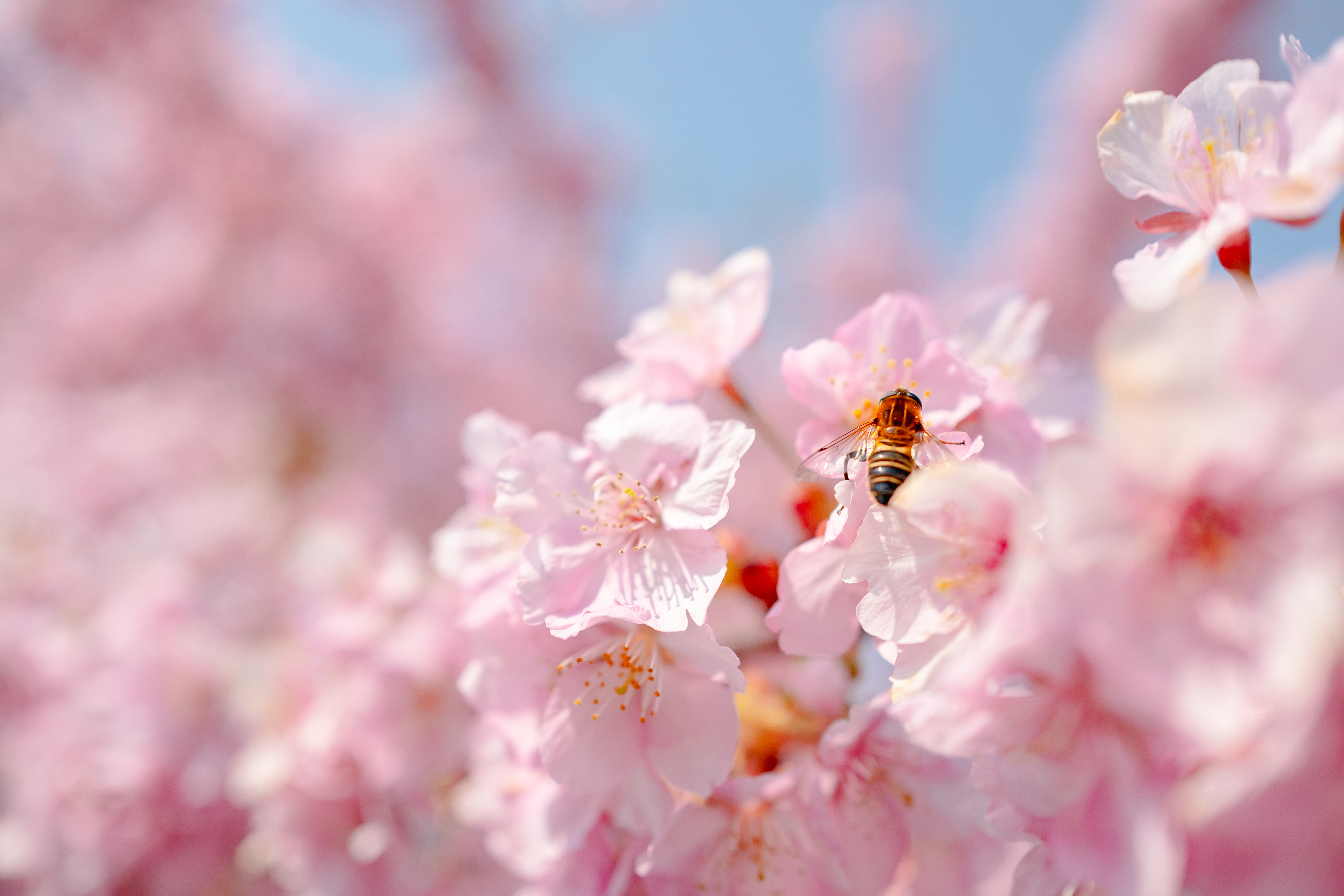 2019 · Komaki · Leica Q · 28mm ·
f/2.8 · 1/8000 · ISO 100
2019 · Komaki · Leica Q · 28mm ·
f/2.8 · 1/8000 · ISO 100
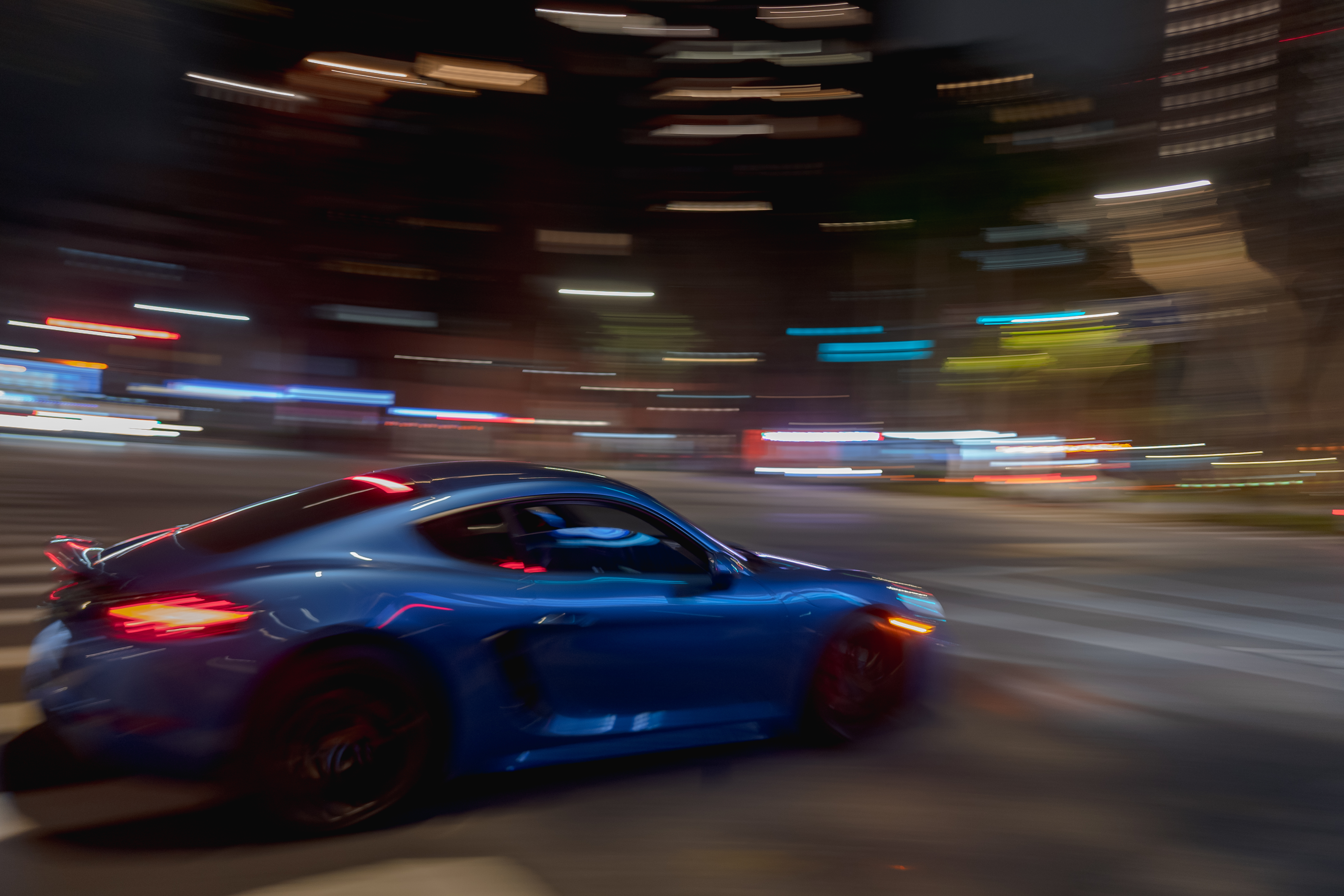 2020 · Taipei · Leica Q · 28mm ·
f/1.7 · 1/15 · ISO 500
2020 · Taipei · Leica Q · 28mm ·
f/1.7 · 1/15 · ISO 500
The Q felt like an extension of my own body. Instead of trying to force images into existence, images began to appear to me. I believed it was the only camera I would ever need — that was until I had kids.
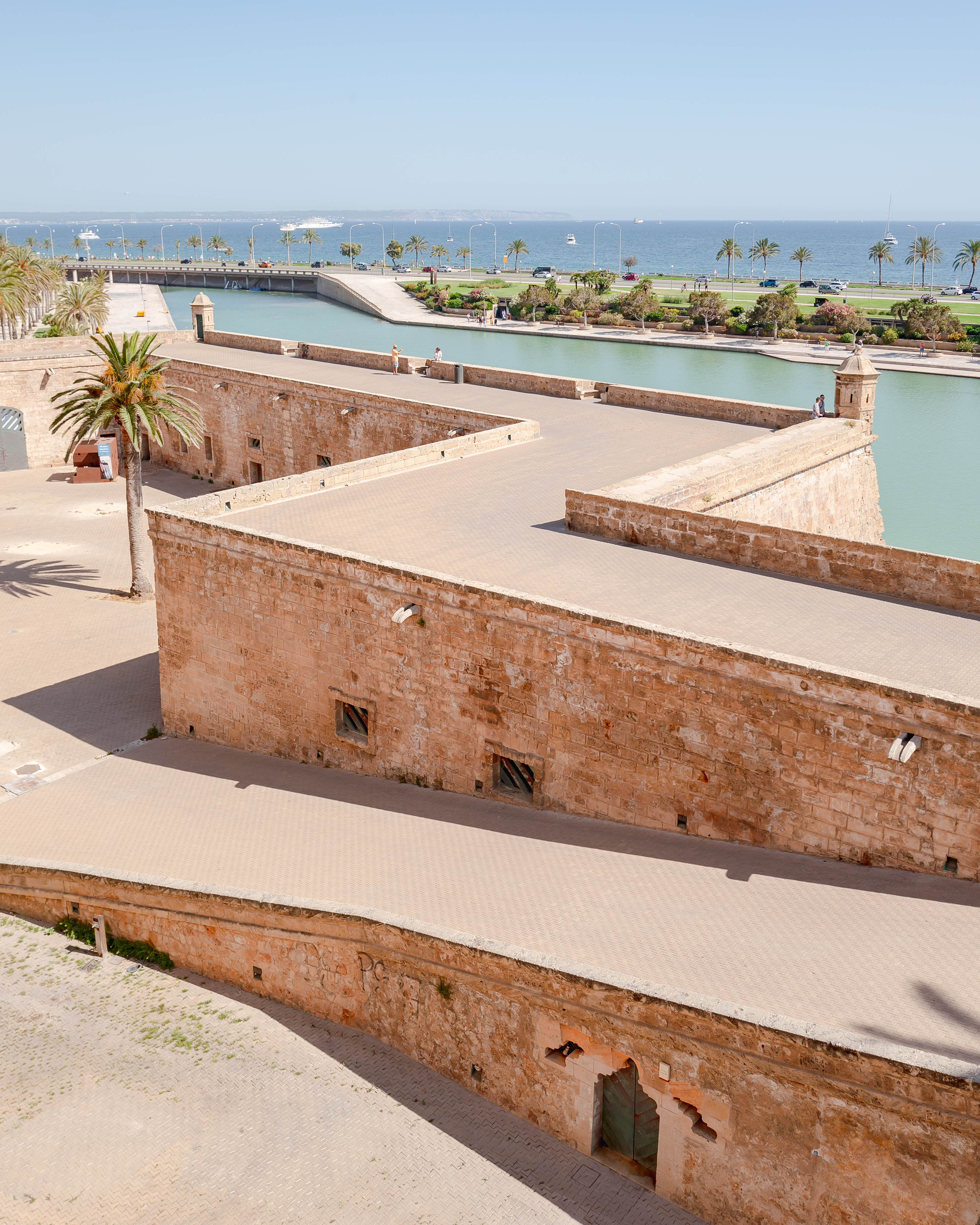 2019 · Mallorca · Leica Q · 28mm ·
f/6.3 · 1/500 · ISO 100
2019 · Mallorca · Leica Q · 28mm ·
f/6.3 · 1/500 · ISO 100
 2019 · Munich · Leica Q · 28mm · f/16
· 1/8 · ISO 2000
2019 · Munich · Leica Q · 28mm · f/16
· 1/8 · ISO 2000
Once my first child was born, I wanted to capture portraits with blurred backgrounds again. I didn’t mind having a bunch of lenses as I was often taking photographs at home.
I sold the Q and tried few others before settling on the Leica CL. This setup is smaller and lighter than the Q while staying simple and effortless to use. I now have a variety of lenses, which are far smaller than the lenses I had on my 30D.
 2021 · Fort Worth · Leica CL · 18mm ·
f/2.8 · 1/250 · ISO 100
2021 · Fort Worth · Leica CL · 18mm ·
f/2.8 · 1/250 · ISO 100
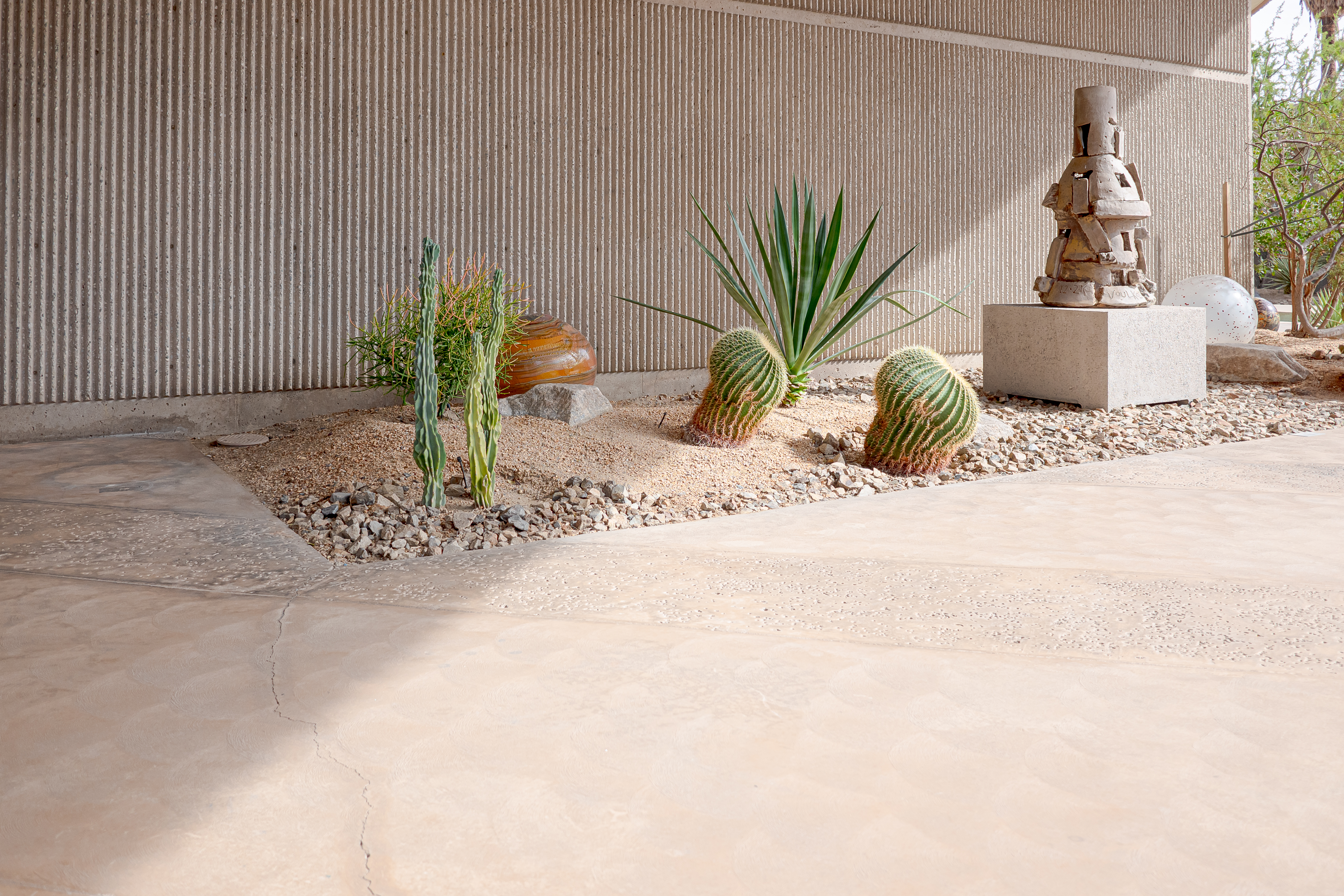 2021 · Palm Springs · Leica CL · 18mm
· f/2.8 · 1/640 · ISO 100
2021 · Palm Springs · Leica CL · 18mm
· f/2.8 · 1/640 · ISO 100
Whereas my multi-lens setup with my 30D was haphazardly assembled, each lens in my current setup was carefully chosen for a particular purpose. For example, I use the Leica APO-Macro-Elmarit-TL 60 f/2.8 for the studio shots featured on zen of things.
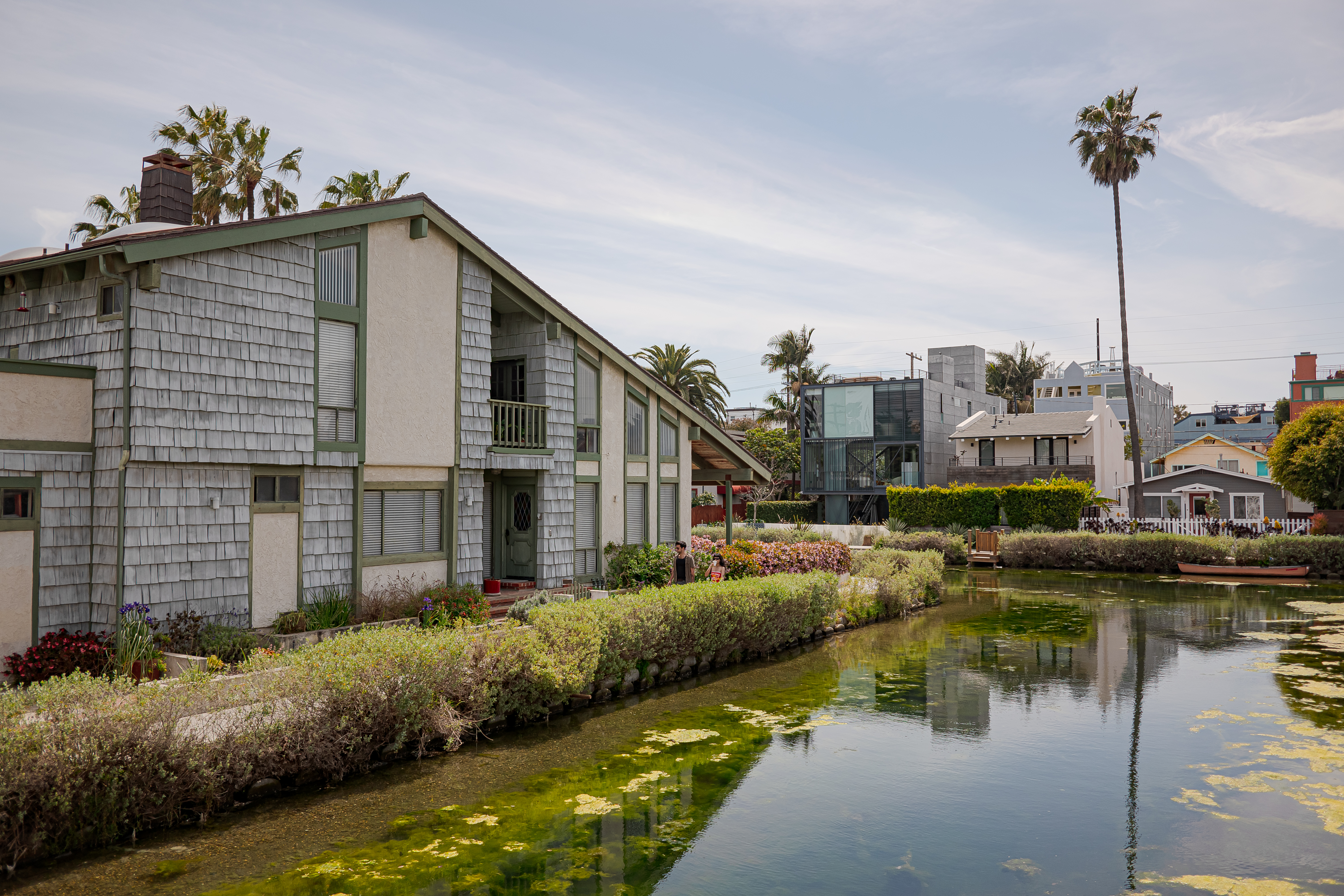 2022 · Venice Beach · Leica CL · 18mm
· f/2.8 · 1/1600 · ISO 100
2022 · Venice Beach · Leica CL · 18mm
· f/2.8 · 1/1600 · ISO 100
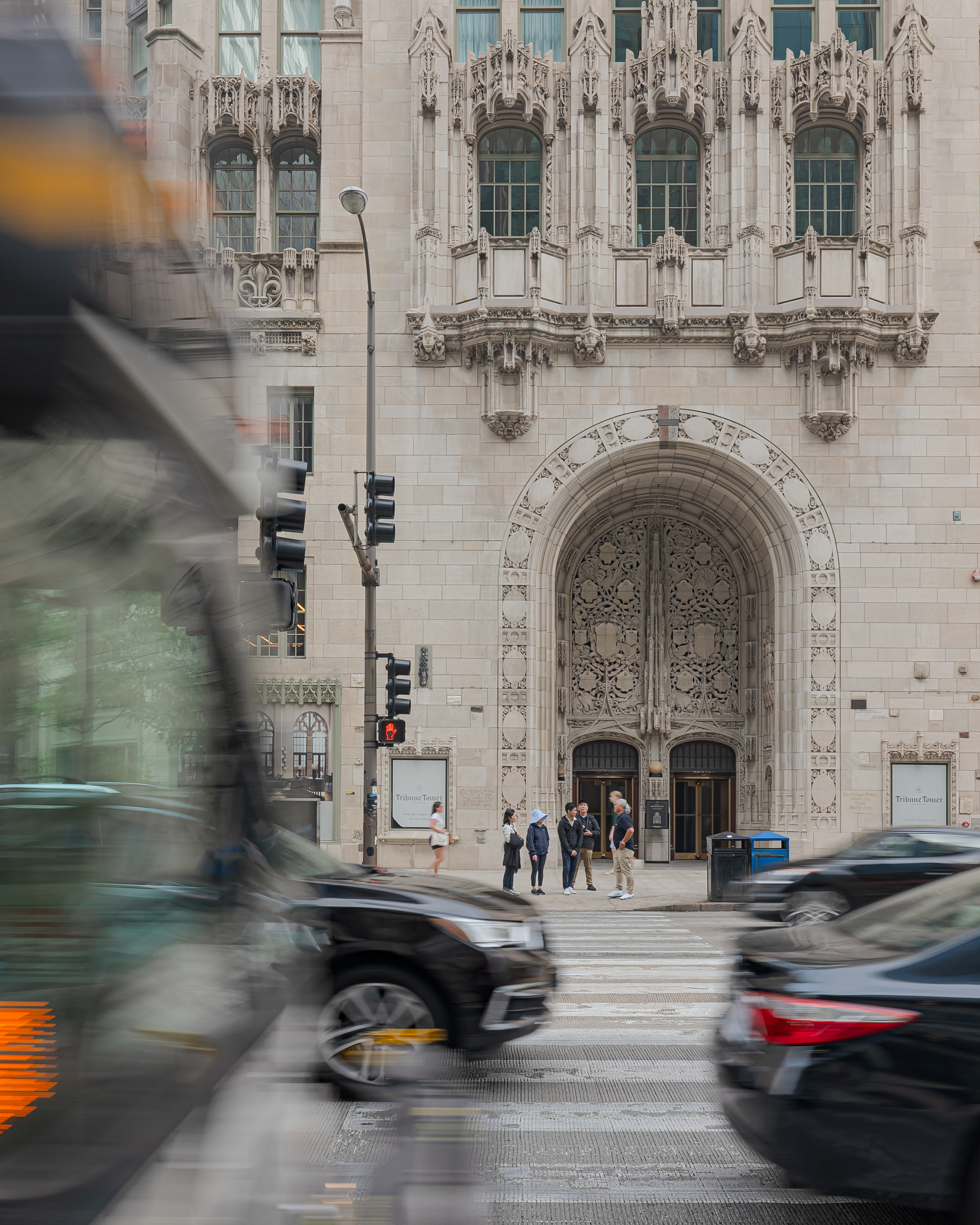 2022 · Chicago · Leica CL · 23mm ·
f/9 · 1/20 · ISO 100
2022 · Chicago · Leica CL · 23mm ·
f/9 · 1/20 · ISO 100
So does gear actually matter?
The problem is with the question itself. It’s one of those questions that can’t be answered with much aside from “it depends”. It depends who is using the gear. It depends what they are using it for.
To the novice me, believing that gear mattered and accumulating it helped me come to my own conclusion. Along the way I tried a wide variety of cameras — old, new, cheap, expensive, film, digital, fixed lens, interchangeable lens, etc. This variety of gear helped me build up of a wide library of skills.
It’s with these skills under my belt that I feel confident with any gear. Yes, I’m happy with my current multi-lens setup, professional lighting, tripods, stands, etc. But, I’d also be happy with just one camera again.
Thanks to Q for reading drafts of this.
